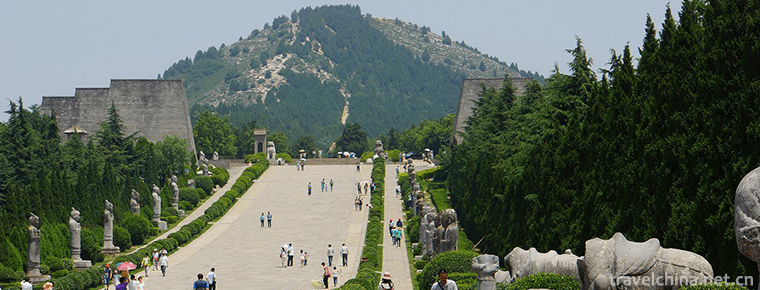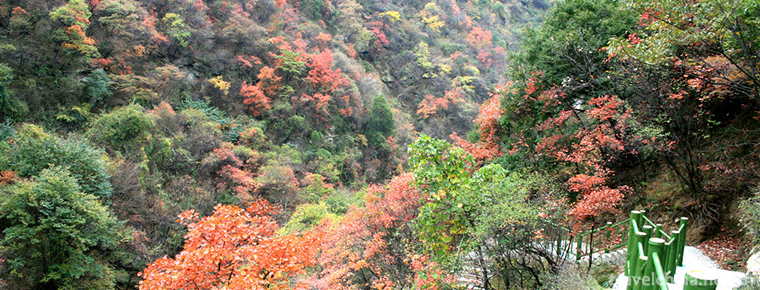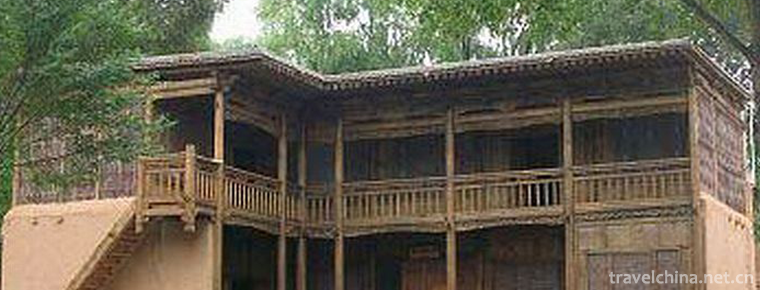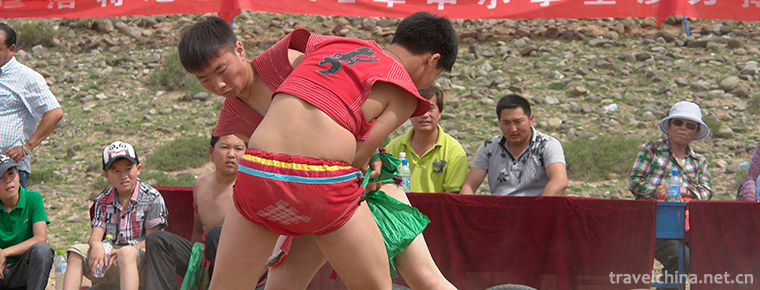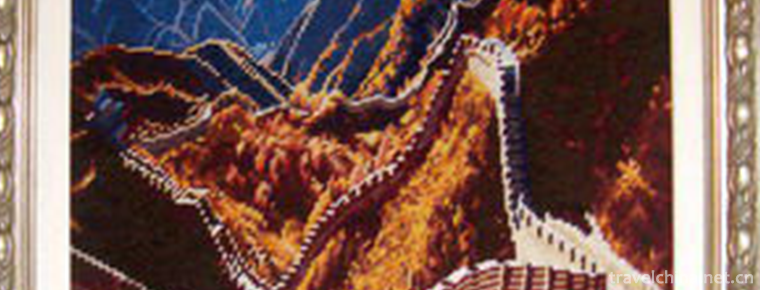Mianzhu Wood Engraving New Year Picture
Mianzhu Wood Engraving New Year Picture
Mianzhu New Year Picture, also known as Mianzhu Wood Printing New Year Picture, is one of the Chinese Folk Woodcut New Year Pictures. It is named for Mianzhu City, Sichuan Province, which is the hometown of bamboo paper. It is popular in southwest China. The outlines are printed in wooden plates and then filled in. Mianzhu New Year Picture, together with Tianjin Yangliu Youth Picture, Shandong Weifang Yangjiabu Wood Engraving New Year Picture and Suzhou Taohuawu Wood Engraving New Year Picture, is one of the four Chinese New Year Pictures. It has the reputation of "Sichuan Sanbao" and "Mianzhu Sanju". Mianzhu New Year Picture is the crystallization of the diligence and wisdom of generations of folk painters, reflecting the optimistic and upward thoughts and feelings of the people of Bashu and the ancient national customs. In February 2002, Mianzhu New Year Picture was selected as the first batch of intangible cultural heritage projects in China.
historical origin
Mianzhu New Year Pictures originated in the Northern Song Dynasty, flourished in the Ming Dynasty and flourished in the Qing Dynasty. After the founding of the People's Republic of China, new contents and modern aesthetic tastes were injected.
In the Song Dynasty, owing to the invention of movable-type printing, woodcut New Year pictures began to be widely popular and developed among the Chinese people. After the Ming and Qing Dynasties, four major Chinese New Year Painting production centers with their own characteristics and largest scale were formed: Mianzhu New Year Painting in Sichuan and Yangliuqing in Tianjin, Weifang in Shandong Province and Taohuawu in Jiangsu Province. They are known as the four greatest Chinese New Year Painting artists.
In the mid-Qing Dynasty, when the Guild Hall was built in Sichuan, Mianzhu painters and sculptors were employed to paint the statues of gods and beams, so that the art of New Year painters could be developed in practice; Mianzhu paper industry continued to develop and innovate, and the experiment succeeded in "pink paper"; New Year painting workshops were well managed, carefully divided, specialized, and excellence-seeking, regardless of engraving and painting. Ping, and there are distinctive schools and personal styles; provincial and local painters played a role in the media. "Traders come from Shaanxi, Gansu, Yunnan and Guizhou, wrapped in Yinlai and painted easily. Zhongze comes to the south of the city, and the purchasers are all over the King's Road 150 miles."
During the reign of Qianlong and Jiaqing, Mianzhu New Year Pictures entered its heyday due to the prosperity of the economy. The New Year Pictures Association was established accordingly. It has more than 900 professional practitioners, 300 workshops and more than 12 million annual New Year Pictures. Its products are exported to India, Japan, Vietnam, Myanmar, Hong Kong and Macao as well as other countries and regions in addition to Lianghu, Shanxi, Gansu, Qinghai and Sichuan.
Painters are more like crucian carp crossing the river, purchasing, selling, hoarding and trafficking, becoming the business content of the paper industry.
During the Xianfeng period of the Qing Dynasty, "Mianzhu County Chronicle" said: "The benefit of bamboo paper to tens of thousands of families is still insufficient, then printed as books, made into peach charms, painted as five-coloured God tea yuba, embellishing the year scenery."
At that time, Mianzhu County had a large and small New Year's picture market. The small city is located in Beiheba and Qingdao Township in the middle of the city. From Qingdao Township, it will be placed in Nanxuan Temple near the city, about 15 miles away. The city is located in Nanhua Palace in the city. From the beginning of December, it will be sold every day until the 30th day of December. Mianzhu New Year's Pictures are widely distributed by painters. They are also sold in Shaanxi, Gansu, Qinghai, Yunnan and Guizhou, and are exported to Vietnam, Myanmar, India and other countries in Southeast Asia.
During the Republic of China, because of the rural economic bankruptcy and warlord confrontation, people's lack of livelihood greatly affected the people's purchasing power of New Year's paintings. In addition, Mianzhu County was overwhelmed by tyrants, bandits gathered, large and small paper mills were looted or burned down, and New Year's paintings workshops closed down one after another. Mianzhu New Year Pictures, which were renowned both at home and abroad in the past years, have become a declining phenomenon of "the fragmentation of red and green is not beautiful".
Mianzhu New Year's Pictures, as a result of the birth of New China, have gained new life. Since then, Mianzhu New Year's Pictures art has been pushing through the old and bringing forth the new. A group of young artists have grown up rapidly under the guidance of the elder artists. They have carefully studied and absorbed the expression techniques and characteristics of traditional New Year's Pictures, and exerted the rich expressive force of modern art, and created a number of New Year's Pictures.
Manufacturing process
Mianzhu New Year's Picture's production process and characteristics are all in hand-painted and sketched lines, according to Chinese folk craftsmen commonly known as the following:
1. Open exhibition and clear hanging: for a fine and rich painter;
2. Gold drawing: the pen dips in gold powder or silver powder to draw the pattern;
3. Flower gold: It is the reprocessing after painting. It uses wooden pattern stamps and rubs on gold or silver patterns. Now there are about thirty kinds of flower stamps, which can be divided into dress flower, cap flower, corner flower and cuff flower.
4. Gold Printing: After printing ink lines and paintings, copy glue (except for face and hand) with the original printing plate once again, then sprinkle gold or silver powder, and clean the remaining powder to show gold or silver lines;
5. Ink and wash: Pay attention to ink baking and elegant tones;
6. Constant form, strive for simple color design;
7. Water feet: that is, a few freehand brushstrokes, Mianzhu New Year's pictures are the characteristics of painting.
Inheritance and development
Mianzhu City is a famous historical and cultural city in Sichuan Province. It has accumulated rich and colorful local culture in the long history. Mianzhu Chinese Folk Woodcut New Year pictures are one of its important components. The Mianzhu New Year Picture Festival, sponsored by the People's Government of Mianzhu City, Sichuan Province, is held from January to February every year.
In 1993, Mianzhu City was named "Town of Chinese New Year Pictures" by the Ministry of Culture of the People's Republic of China.
In 1994, Mianzhu New Year Picture was selected as "one of the best Chinese folk arts".
In 1997, Mianzhu New Year Picture won the Gold Prize of the Fifth China Art Festival.
Mianzhu New Year Picture has been collected by more than 50 museums and tens of thousands of experts, scholars and collectors all over the world. It has been publicized and introduced by CCTV, People's Daily, People's China, Today's China, Hong Kong Wen Bao, Shen Bao, New Evening News, Taiwan Dadi and more than 200 newspapers, magazines, radio and television stations. They have exhibited in 30 countries and regions, including the United States, France, Britain, Japan, Upper Walter, Mali, Chile, Hong Kong and Taiwan.
At the same time, every year, Mianzhu New Year Painting Society has hundreds of traditional Mianzhu New Year pictures, hand-painted New Year pictures, Shu embroidery New Year pictures, hand-painted calendar of Mianzhu New Year pictures, hand-painted postcards, publishing New Year pictures, advertising New Year pictures, wood carving New Year pictures, silk painting New Year pictures sold at home and abroad, or as gifts for foreign propaganda.
With the support of relevant departments at the central, provincial, municipal and county levels, the Mianzhu New Year Painting Museum has been established with an investment of more than 4.6 million yuan. It has become a professional museum integrating collection, collation, research, creation, publication, development, sale and teaching of New Year Painting techniques.
In February 2002, the Ministry of Culture officially announced Mianzhu New Year Pictures as the first batch of national intangible cultural heritage.
According to the statistics of Mianzhu Culture and Sports Bureau, the sales of Mianzhu New Year Pictures in 2007 were more than 20 million, and more than 400 people were employed. With the development of tourism and export business, the annual sales of Mianzhu New Year Pictures increased by nearly 20%. It has been exported to India, Japan, Vietnam, Myanmar and other countries. New Year's picture is already a business card of Mianzhu.


-
Qianling Scenic Area
Qianling Scenic Area, located in Qianxian County, Xianyang, Shaanxi Province, covers an area of 1002.71 square kilometers. Population: 580,000 (2011), postcode: 713300..
Views: 136 Time 2018-12-22 -
Shaohuashan National Forest Park
Shaohuashan National Forest Park is located at the north foot of Qinling Mountains, 5 kilometers southeast of Huaxian City, Shaohuafeng in the west, Lilongshan in the east, Qinling main ridge in the s.
Views: 122 Time 2019-02-08 -
Iron Coal Steam Locomotive Museum
Tiaobingshan Steam Locomotive Museum, formerly known as Iron Coal Steam Locomotive Museum. National AAAA-level scenic spots and national industrial tourism demonstration sites.
Views: 188 Time 2019-02-22 -
Grass grass drums and drums
Grass gongs and drums, also known as grass chants, are commonly known as "hilarious songs". It is a unique form of folk song art. It is a kind of Tujia folk song that the .
Views: 131 Time 2019-05-02 -
Nanxian Flower Drum
On May 20, 2006, the local flower drum of Nanxian County was listed in the first batch of national intangible cultural heritage list with the approval of the State Council..
Views: 116 Time 2019-06-07 -
Construction Techniques of Salar Fence Tower
The construction technique of the fence building of Sala nationality refers to the traditional construction method of the fence wooden building with the unique architectural form of Sala nationality i.
Views: 272 Time 2019-06-11 -
Sharipol wrestling
Shaliboer style wrestling is a national traditional sports event originally created and retained by the Weilat Mongolian people. It is one of the main sports events in the Uznada Mu Grand Event in Ala.
Views: 147 Time 2019-06-12 -
woolen needlepoint tapestry
Cashmere embroidery, also known as wool embroidery, is one of the emerging traditional arts and crafts in Shanghai. It is a kind of art and crafts crystallization embroidered on special mesh linen clo.
Views: 101 Time 2019-06-14 -
Panzhihua College
Panzhihua College is the only comprehensive undergraduate college in southwest Sichuan and northwest Yunnan, where the Ministry of Education locates. The school is located in Panzhihua City, a famous .
Views: 257 Time 2019-08-31 -
Yibin white tower
Baita (also known as Dongyan pagoda) is located in Baita Mountain Scenic Area of Yibin Lingang Economic and Technological Development Zone. It was built in 1569, the third year of emperor muzong's reign in the Ming Dynasty..
Views: 111 Time 2020-10-16 -
Neijiang secondary industry
By the end of 2019, there were 329 Industrial Enterprises above Designated Size in Neijiang City, and the added value of industries above designated size increased by 9.5%. The added value of the five traditional pillar industries increased by 9.8%, including.
Views: 332 Time 2020-12-16 -
Yibin secondary industry
In 2019, the total industrial added value of Yibin City is 99.082 billion yuan, an increase of 9.5% over the previous year, and its contribution rate to economic growth is 45.5%. At the end of the year, there were 824 Industrial Enterprises above Designated Si.
Views: 106 Time 2020-12-18
